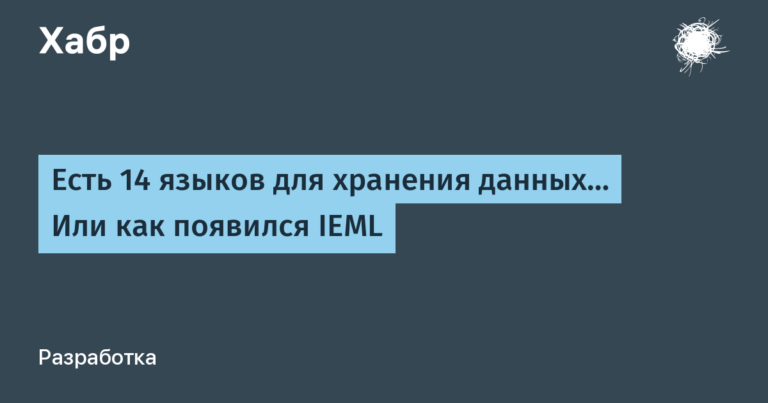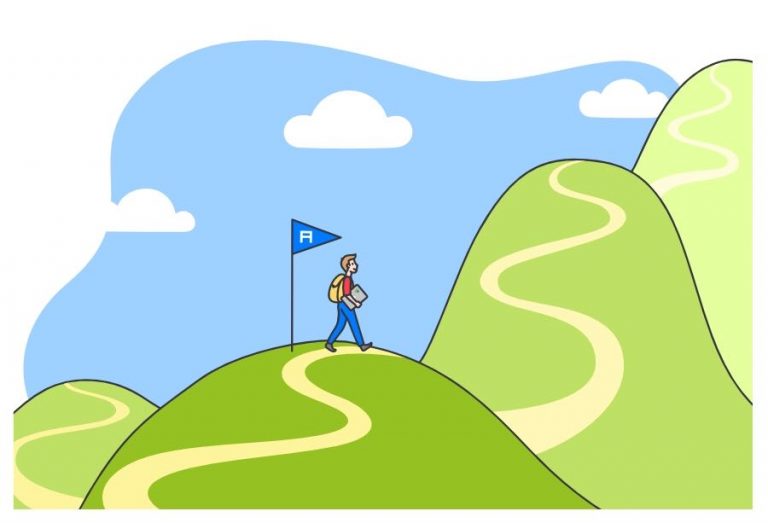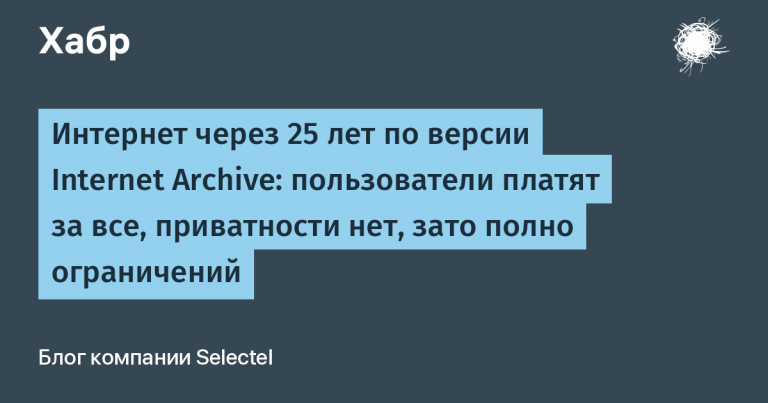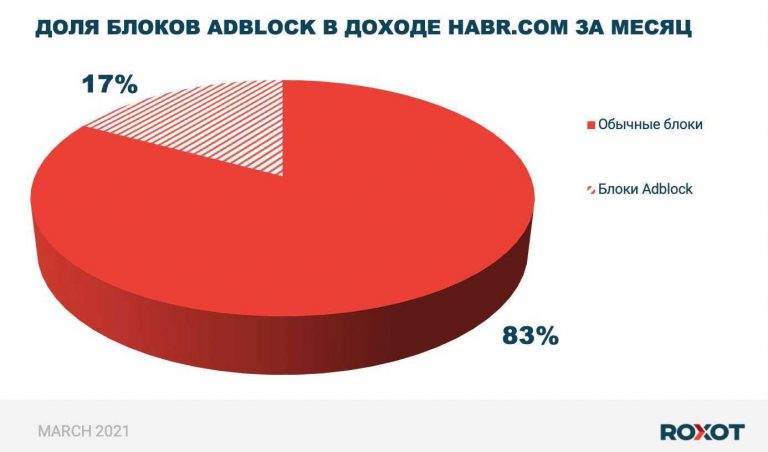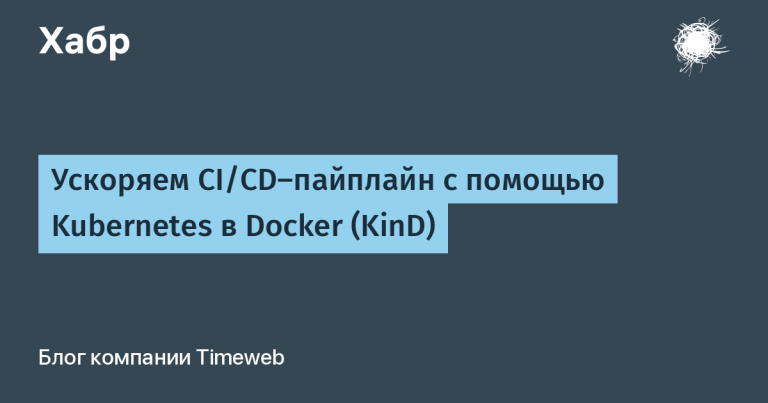How to add new characters in Unicode: the experience of the layman
The other day to updates like Chinese letters Nu Shu or horizontal square writing of the Mongols added a bunch of emoji. But few people know that sometimes the more familiar symbols from everyday life also fall into planned updates, and ordinary enthusiasts become the initiators of such changes. A similar incident occurred a few years ago when Unicode replenished symbols of operating modes of electrical appliances.

A photo – Debby hudson – Unsplash
How it all started
In 2013, British IT specialist Terence Eden addressed the community Hacker news with a question. He could not find a suitable symbol to indicate the “STANDBY” mode, which “is on every device or gadget released later than the mid-1970s.” Eden noticed that conditional snowman was in Unicode, but STANDBY that interested him was absent.
Oxford University Research Fellow Joe Lowry answered his question (Joe loughry) He attached the link to the rules of the Consortium for adding new characters and noted that even in Unicode it is worth including the designations of other gadget states (for example, ON / OFF). There were five such positions:
- POWER ON – vertical line
- POWER OFF – Circle
- ON / OFF – the vertical line inside the circle
- STANDY – a vertical line crossing a circle
- SLEEP – “waning” crescent
A bit of “bureaucracy”
A few weeks after the start of the discussion, in January 2014, the application was sent to the Consortium. Correspondence and coordination began. Eden wrote about it like this:
“Did you pick the right characters?” Yes! Is there any clear evidence of their use? Yes! Are there any legal restrictions? Not! Do the consortium members agree that the characters are really needed? Yes! Yes! .. Maybe! Not!”
It is worth explaining that the Consortium has recommendations and criteria for expanding Unicodehowever, this is not at all a list of stringent requirements. Correspondence to them of innovations is not automatically determined, therefore one can argue one’s position and submit a convincing bid.
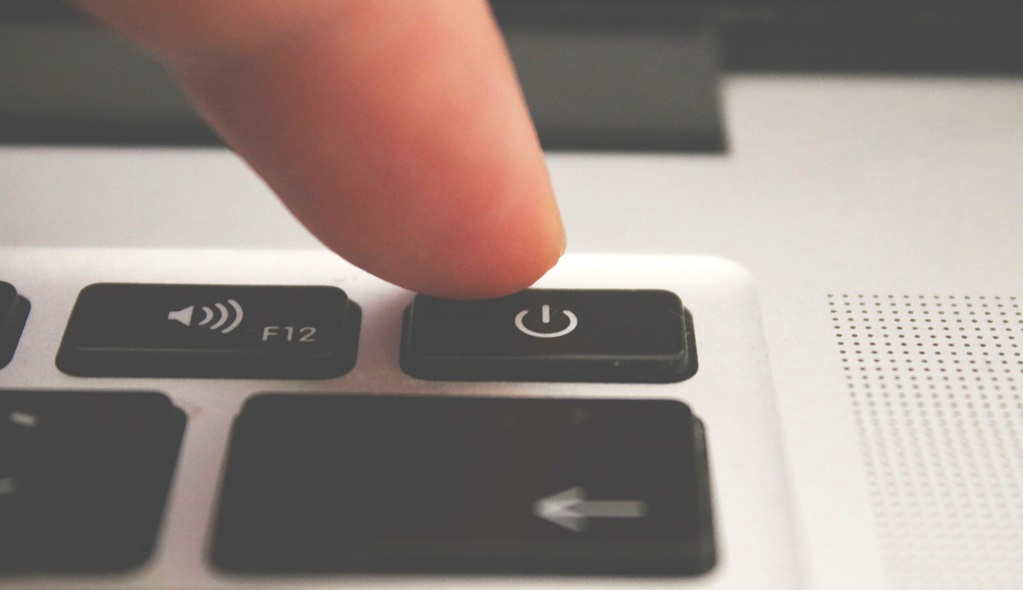
A photo – Aleksandar Cvetanovic – Unsplash
In this case, the symbols STANDBY and POWER ON / OFF did not cause objections, but the rest had to be discussed. Historically, the on and off signs have come from one and zero, but the vast majority of ordinary people do not attach importance to this semantics, but rather focus on the familiar designations that they see on gadgets.
The authors did not find something similar in the specification, and they had to prove that the available signs were not suitable for POWER ON. And for POWER OFF, the Consortium itself allocated the symbol U + 2B58.
It would seem that for the SLEEP mode one could leave a crescent. Unicode already has two of these symbols and 13 more emojis with different phases of the moon. However, Eden and the company insisted that they all did not fit, because they “looked” in the wrong direction and had a “wrong” tilt.

Image – Joe loughry – MIT License
It was eventually developed new layout (the corresponding diagram is shown above) with a detailed description of the proportions, and the Consortium accepted it.
Result
Just a month later, the characters were approved by the ISO 10646 Unicode team. Months of waiting were drawn, and only in June 2016 did updates published as part of Unicode 9.0. Now all five characters have received official recognition – both ordinary people and designers, developers and even equipment manufacturers work with them.
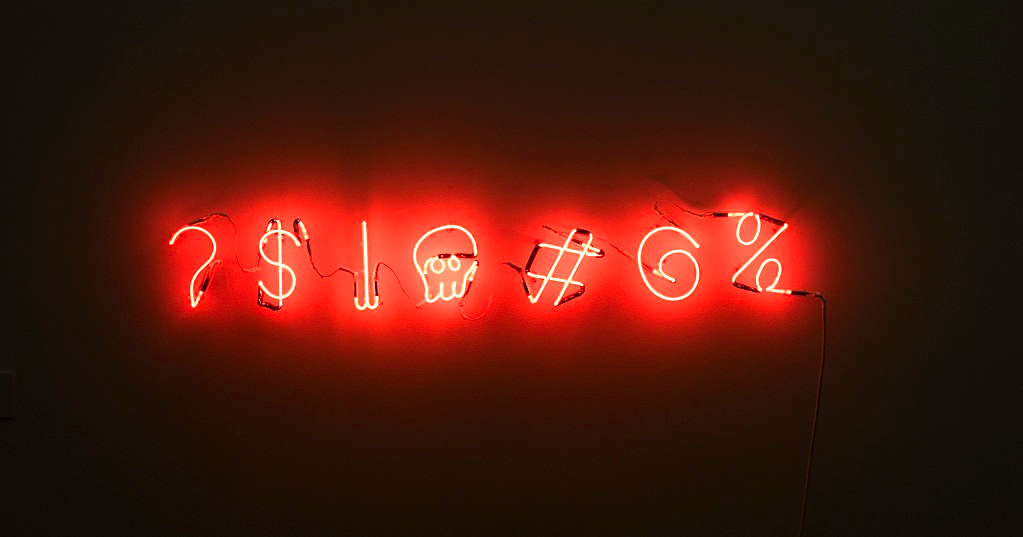
A photo – Matthew brodeur – Unsplash
The most important thing in this whole story is how it brings us back to the atmosphere of the early or “small town” Internet. It seems that then any team of purposeful geeks could bring their undertakings to the global level. That is exactly what happened with Eden and his colleagues. And for those who would like to repeat such an experiment, there are several basic recommendations:
- Learn the materials (documents, forms and applications) for the project that we just talked about. At a minimum, you will not lose time searching.
- Prepare as much evidence of symbol usage as possible. The oldest materials of the Eden team are dated 1984. In the case of historical symbols, age can be calculated in centuries and millennia.
- Think about the argument. The application must include possible objections that may come to the head of the Consortium commission. Therefore, it is worthwhile to indicate the weaknesses of the idea yourself and masterfully deal with them.
- Take care of additional materialsthat may not be mentioned in the recommendations of the Consortium. This, for example, is a ready-made font with the proposed symbol, to which the commission will give its comments and suggestions.
More recommendations in Lowry Guide and guide Of the consortium.
![]() We at 1cloud.ru offer a virtual infrastructure rental service “Private cloud“. From the control panel, you can quickly deploy a fleet of virtual servers.
We at 1cloud.ru offer a virtual infrastructure rental service “Private cloud“. From the control panel, you can quickly deploy a fleet of virtual servers.
![]() New customers of our service can test the infrastructure for free. It is enough to apply through form on the site or write to tech support.
New customers of our service can test the infrastructure for free. It is enough to apply through form on the site or write to tech support.
